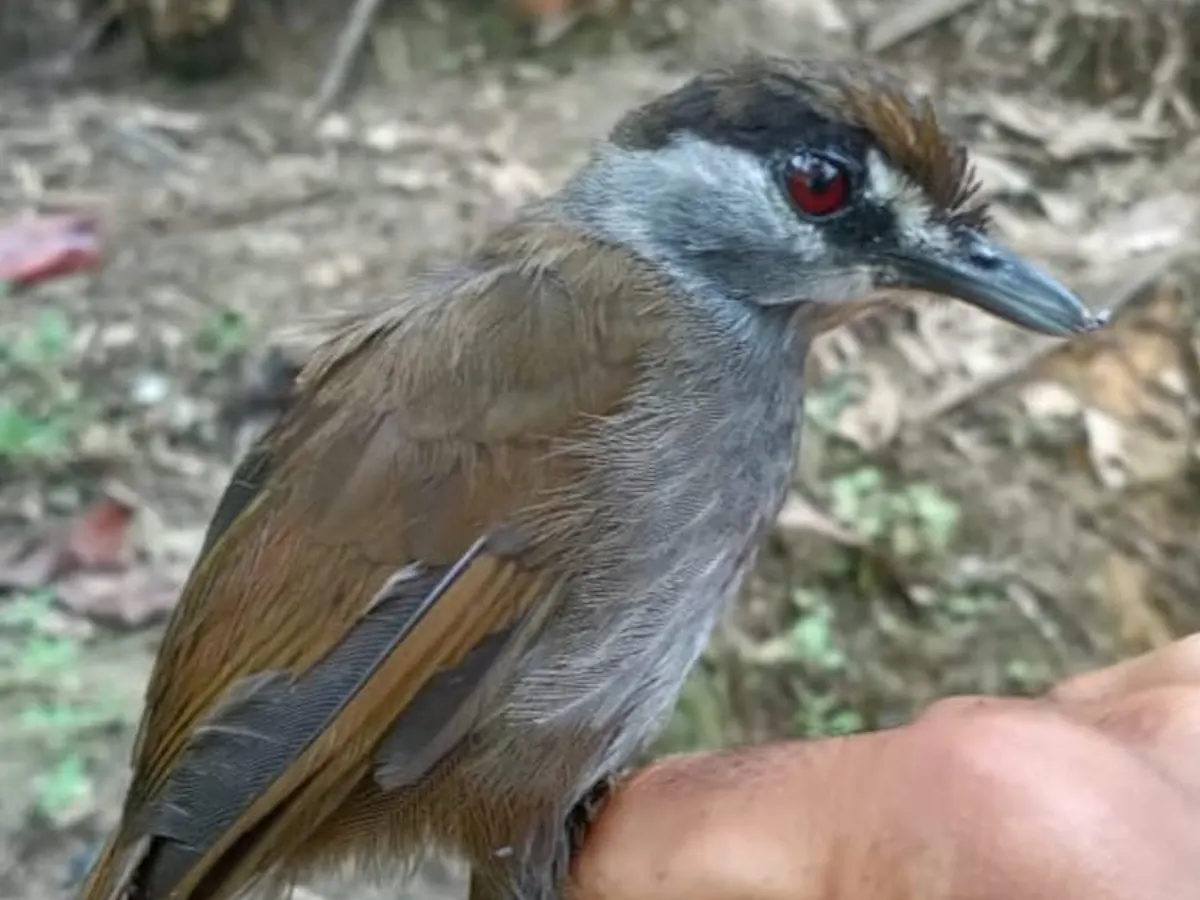Our world is full of amazing creatures. Several species are on the verge of extinction due to habitat loss and human activities. Scientists and conservationists are currently finding species that were thought to be extinct but have re-emerged from extinction.

Chapman’s pygmy chameleon was first identified in 1992 and was not seen in the wild until 2016. In the last 40 years, an estimated 80% of the rainforest in the Malawian mountains, where chameleons live, has been destroyed, mostly for agriculture. The researchers called for more chameleon surveys and monitoring, as well as conservation measures to protect what remains of chameleon habitat.
Between 1843 and 1848, the German naturalist Carl A.L.M. The black-browed bubbler specimen collected by Schwaner is currently on display at the Naturalis Biodiversity Center in the Netherlands. However, the unique bird was found by two local people after repeatedly seeing it in the jungle of South Kalimantan, Indonesia.
The small and colorful crab has not been found anywhere since 1955. In 2021, a lecturer at the University of Douala in Cameroon traveled to Sierra Leone in West Africa to look for the crab. The campaign lasted for three weeks. He found six Sierra Leone crabs with the help of nearby residents
It was believed to have died out along with the coelacanth dinosaurs 65 million years ago. Discovered in South Africa in 1938, the world was fascinated by this strange lobe-finned fish. This gives rise to a discussion of how this fits with the evolution of terrestrial animals. to other species. The most noticeable feature of the coelacanth is its pair of fins.
In 1859, British naturalist Alfred Russel Wallace discovered the world’s largest bee. It was considered extinct until its specimens were found which are now housed in museums An international team of conservationists traveled to Indonesia in January 2019. The team was able to document the living specimen.
The Fernandina giant tortoise was last seen 112 years ago and was long believed to be extinct. The giant tortoise was discovered during a search in 2019. A blood sample was sent to geneticists at Yale University. A team led by Dr. Gisela Caccone attempted to understand the genetic origins of the female turtle and determine how closely it interbred with other turtles on Fernandina Island.
